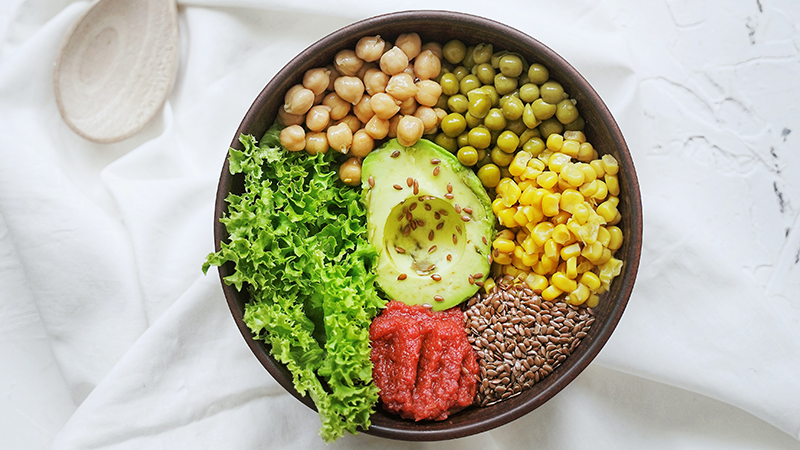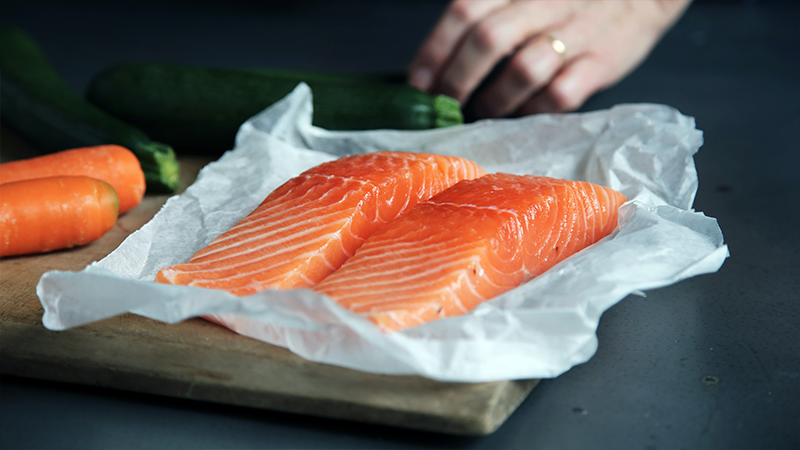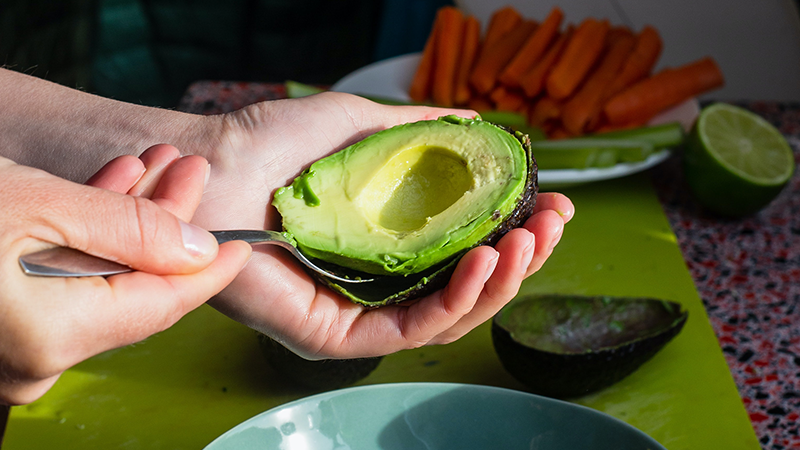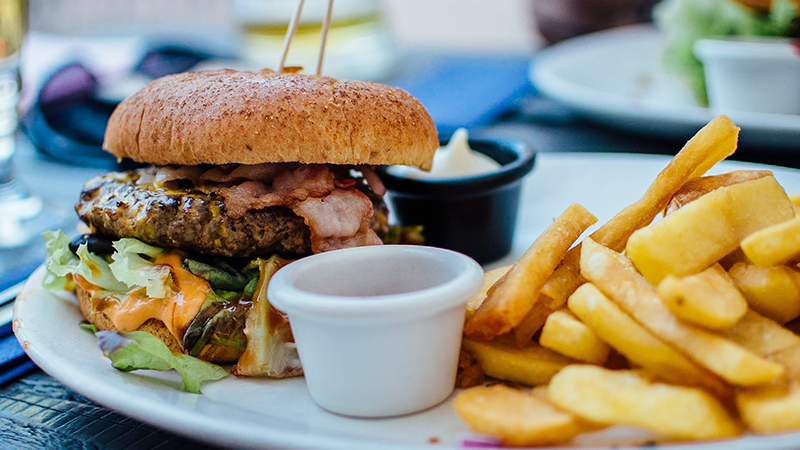World Diabetes Day is now held on a yearly basis on the 14 November. This reflects the importance of educating people about this condition. With scientific estimates suggesting that one in three of us are either pre-diabetic or diabetic, it is true to say that it has become a global epidemic and there are growing concerns around the globe about the seriousness of this lifestyle disease.
As a Naturopathic practitioner, I am trained in the prevention and management of Type 2 Diabetes and every week I see more and more people coming into my clinic with symptoms that indicate they are at high risk. With a focus on the whole person, time is taken to identify and address dietary, lifestyle, environmental and genetic factors that play a major role in this disease for people. Our circumstances are all unique however the exciting news is that simple lifestyle changes aimed at diet, exercise, sleep and stress are powerful treatment strategies proven to prevent Type 2 Diabetes for many of you that are at higher risk.
Who Can be at Risk for Type 2 Diabetes?
One of the most common reactions I receive in my clinic when I warn someone that they may be at risk of Type 2 Diabetes is “but I’m not old enough” or “I thought this was an older persons disease”. Sadly, this is no longer the case and times have most definitely changed. Once upon a time it was called “Adult onset Diabetes” and whilst it usually shows up in adults over 45 years of age, younger adults, adolescents and even children are now being affected with an increased risk in people who have a family history of Type 2 Diabetes.
The truth of the matter is that it can affect the best of us. Our world is busy and stressful with many people juggling many priorities including family, career, study, financial security and more. Eating healthily, exercising before work, engaging in stress management initiatives and getting 8 hours sleep each day is not an easy task. I don’t want to scare you, but you simply must make the time. Type 2 Diabetes is a horrible disease and with one in three being pre-diabetic or diabetic, taking action now is a very wise decision.

Look at me as a case study. I am a typical example of someone who needs to be proactive in reducing the risk of Type 2 Diabetes. I am a female over 40 years of age and perimenopausal. I am not lazy, in fact I’m a typical Type A achiever personality who owns a small business, works long hours at times, is constantly studying and has an autoimmune thyroid condition called “Hashimoto’s Thyroiditis” which lowers my metabolism, causes weight gain & inflammation and increases my risk of Type 2 Diabetes. Can you see how easy it is to be at risk?
For this reason, it is important for all of us to understand more about the early signs and symptoms that may indicate dysfunction with your blood sugar or insulin and how you can change the path away from this disease.
Firstly, let’s explore a little about what Type 2 Diabetes actually is.
What Is Diabetes?
There are several different types of Diabetes: Firstly, there is Type 1 Diabetes which is an autoimmune disease that attacks and destroys insulin producing pancreas cells. Then there is Gestational Diabetes which develops during pregnancy. Type 2 Diabetes is caused by lifestyle choices and is where your body becomes insulin resistant meaning that your cells are no longer able to receive or use glucose from your blood for energy effectively. Because of this, glucose in your blood remains high and this is what causes some serious health issues including nerve damage, kidney failure, blood vessel damage, stroke & cardiovascular disease, blindness, lower limb amputation and more.
Pre-diabetes shows some level of insulin resistance and this is where your blood sugar levels are higher than normal and gradually increasing. Most people with pre-diabetes will sadly develop type 2 Diabetes if lifestyle changes are not made.
So, what are some key signs that you might be cruising towards a future diagnosis?
In a few simple words, little signs appear that your body’s cells are not listening to insulin as much as they used to meaning that blood sugar or glucose is not being removed from your blood stream and into your cells. Increasing fasting glucose on your blood tests is an obvious one. When this starts to happen, the body stores this excess sugar and one of its favourite spots to store it is on your abdomen as triglycerides.
So abdominal obesity meaning excess fat around your waist is a huge signal that should not be ignored. As your body turns excess carbohydrates into triglycerides, keeping an eye out for slowly increasing triglycerides is also important. I personally always like to order a glucose tolerance test with insulin so I can see how high insulin has to go to keep your blood glucose levels in the normal range.

Symptoms of Early Diabetes
I also look out for a diet that is too heavy handed on carbohydrates throughout the day. Often protein and good fats are low when this is the case. There are a whole range of symptoms that may be a clue that you might have an early undiagnosed blood sugar imbalance:
- Sugar cravings
- No energy; especially afternoon 3pm energy slump
- You can’t lose weight
- Weight gain around your tummy
- Anxiety and irritability with bouts of Hangry! (hungry and angry)
- Brain fog, you can’t concentrate and have more & more headaches
- You are extra thirsty and urinate more often than usual
- You often feel lightheaded or dizzy
The good news is that by adopting a healthier lifestyle and committing to a nutritious way of eating, you can work wonders in preventing Diabetes.

Type 2 Diabetes Prevention Advice
- Start eating more strategically.
- Replace the processed foods in your diet with fresh wholefoods. This involves take-aways, ready meals that you heat up and packaged foods only being eaten on special occasions.
- Eat a low glycaemic load (GL) Diet. A simplified explanation is that high glycaemic means that food eaten moves from your gastrointestinal tract into your blood really quickly. Carbohydrates are sugar so large amounts of sugar enter your blood all at once. Your insulin then increases very quickly, and this is a major cause of becoming insulin resistant, not to mention the energy slumps that soon follow. So, remember that if you eat a large amount of carbohydrates during a meal or snack, blood sugar levels will rise, making insulin levels spike and then as a consequence your blood sugar levels drastically fall. This may also mimic anxiety for some people and weight management may also become more difficult.
- Adding a quality protein and a good fat at every meal will lower the GL (Glycaemic load) when eaten with a high GL food. Avoid high GL foods in excess such as white bread, pasta, white rice, biscuits, cakes, processed cereals, honey, fruit juice, soft drinks, sweetened yoghurts, alcohol, excess dairy, lollies, chocolate, ice cream and potato chips.
- Good quality protein includes lean meats, eggs, chicken, seafood, legumes (lentils, chickpeas, beans), quinoa, tempeh, tofu. Protein is king as it slows the speed of sugar into your blood and gives you energy throughout the day.
- With a growing focus on vegetarian and vegan diets, it should be noted that as long as a wide variety of protein rich foods are eaten, then protein requirements are usually met. Just as with meat eaters however, there are many vegans and vegetarians relying on heavily processed and packaged foods which also impacts blood sugar levels and overall health.
- Good quality fats are important to eat. It is the type of fat that is important. The natural fats you want to eat include avocado, raw nuts and seeds, cold pressed olive oil, flaxseeds, olives, avocado oil and fatty fish. Man-made fats to eliminate include margarine, canola oil and deep-fried foods. Look at added ingredients always!
To learn more about incorporating protein into your diet, click here.

- Increase the fibre in your diet by adding more fresh, preferably organic whole fruit, salad and vegetables to your diet.
- Be dairy wise: Dairy foods including milk, cheese and yogurt contain carbohydrates, so although they are a good source of calcium and vitamin D, they can significantly raise your blood sugar if excess is consumed. Some people have large glasses of milk hot chocolates or a large cappuccino without realizing the impact on blood sugar and nut milks in cafes are often full of sugar and the wrong fats.
- If you experience energy slumps or feeling “Hangry”, don’t leave too large a gap between meals. Eating 15 grams of raw nuts with a piece of whole fruit is a great option for morning or afternoon tea. Another good choice is humous with carrot or celery sticks.
- Exercise each day: exercise is one of the easiest ways to keep blood sugar levels healthy and to increase the sensitivity of your cells to insulin. Daily walking is an excellent exercise for improving energy levels and weight loss, especially in the morning. Walking in the sun has so many health benefits including improving blood glucose & cholesterol levels, improving mood, heart health and improving sleep. Walking is the only exercise I have ever found people stick to long time because they really enjoy it. The important thing is to choose an exercise you can stick to long-term.
- Commit to improving your sleep: 7-8 hours of uninterrupted sleep is a good KPI as lack of sleep impacts blood sugar levels and increases the risk of Type 2 Diabetes.
- Consciously address the stress in your life: chronic stress impacts blood sugar, insulin and is a main risk factor for Type 2 Diabetes.
Creating an appropriate treatment plan needs to be tailored specifically to each individual as people have different requirements based on age, weight, exercise levels and other health related conditions. I will say that I am a big fan of the Mediterranean diet for all of my clients as opposed to diets that restrict whole food groups. I see many people go to the extremes in reducing carbohydrates and they end up eating only small amounts of fibre and nutrients from fruit, salad and vegetables and way too much protein and fat. This is not the intention of this blog as vegetable components of your eating plan are essential and diets that are too high in protein and fat can also lead to unfavourable health outcomes.
If you need extra help to create a unique dietary and lifestyle plan to reduce your risk of illness and support optimal health, please reach out.
References
Chaker, L., Ligthart, S., Korevaar, T. I., Hofman, A., Franco, O. H., Peeters, R. P., & Dehghan, A. (2016). Thyroid function and risk of type 2 diabetes: a population-based prospective cohort study. BMC medicine, 14(1), 150. https://doi.org/10.1186/s12916-016-0693-4
Colberg, S. R., Sigal, R. J., Fernhall, B., Regensteiner, J. G., Blissmer, B. J., Rubin, R. R., Chasan-Taber, L., Albright, A. L., Braun, B., American College of Sports Medicine, & American Diabetes Association (2010). Exercise and type 2 diabetes: the American College of Sports Medicine and the American Diabetes Association: joint position statement executive summary. Diabetes care, 33(12), 2692–2696. https://doi.org/10.2337/dc10-1548
Ginsberg, H. N., Zhang, Y. L., & Hernandez-Ono, A. (2005). Regulation of plasma triglycerides in insulin resistance and diabetes. Archives of medical research, 36(3), 232–240. https://doi.org/10.1016/j.arcmed.2005.01.005
Grandner, M. A., Seixas, A., Shetty, S., & Shenoy, S. (2016). Sleep Duration and Diabetes Risk: Population Trends and Potential Mechanisms. Current diabetes reports, 16(11), 106. https://doi.org/10.1007/s11892-016-0805-8
Harris, M. L., Oldmeadow, C., Hure, A., Luu, J., Loxton, D., & Attia, J. (2017). Stress increases the risk of type 2 diabetes onset in women: A 12-year longitudinal study using causal modelling. PloS one, 12(2), e0172126. https://doi.org/10.1371/journal.pone.0172126
Martín-Peláez, S., Fito, M., & Castaner, O. (2020). Mediterranean Diet Effects on Type 2 Diabetes Prevention, Disease Progression, and Related Mechanisms. A Review. Nutrients, 12(8), 2236. https://doi.org/10.3390/nu12082236
Olfert, M. D., & Wattick, R. A. (2018). Vegetarian Diets and the Risk of Diabetes. Current diabetes reports, 18(11), 101. https://doi.org/10.1007/s11892-018-1070-9
Weickert M. O. (2012). Nutritional modulation of insulin resistance. Scientifica, 2012, 424780. https://doi.org/10.6064/2012/424780










